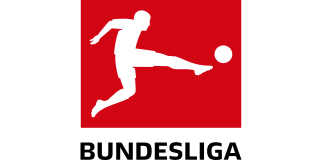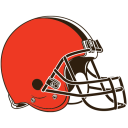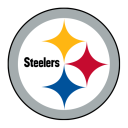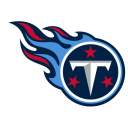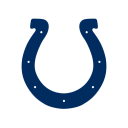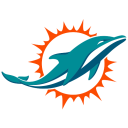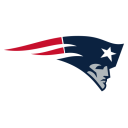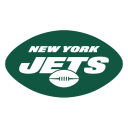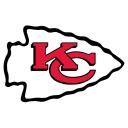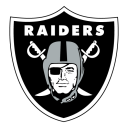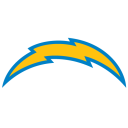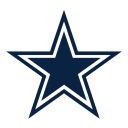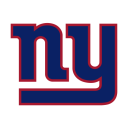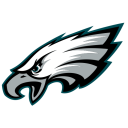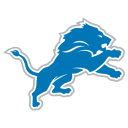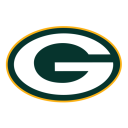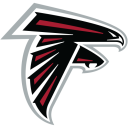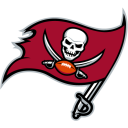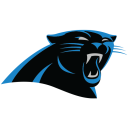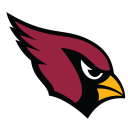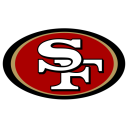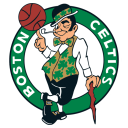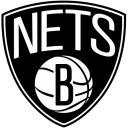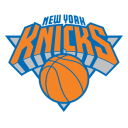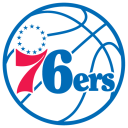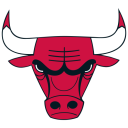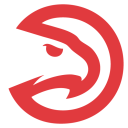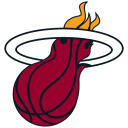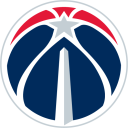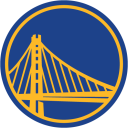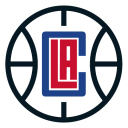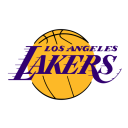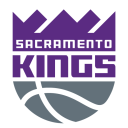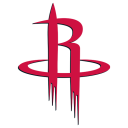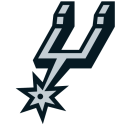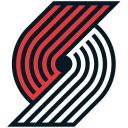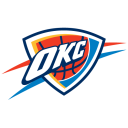‘We’re at a tipping point’: Disney vs. Charter standoff could have seismic implications for entire cable TV model
'You have two very important players having this standoff. However it gets resolved, it will have ripple effects across the sector.'
When it failed to reach a new carriage deal with one of the nation’s biggest cable providers, Disney went dark for Charter Communications subscribers. Nearly 15 million households lost access to every Disney-owned channel on Aug. 31. That included ESPN, just as it was set to broadcast Florida and Utah kicking off Week 1 of the 2023 college football season.
The response from Charter was a dead giveaway that this standoff was going to be nothing like previous ones between cable providers and content distributors. And unhappy customers who couldn’t live without their missing channels were — and continue to be — caught in the middle of it.
Charter actively encouraged its Spectrum cable subscribers to take advantage of a “special offer” to sign up for FuboTV or “to stream with another provider such as Sling or YouTubeTV.” In other words, Charter was willing to invite its own customers to get their TV service from a competitor to minimize any impact on its broadband internet business.
“For Charter to be directing people to Fubo, to Sling, to YouTubeTV, to alternate video providers, I think that’s really astounding,” said Will Funk, who spent 21 years as a Turner Sports executive before leaving last year to join a startup talent management firm. “We’ve never seen anything like that before. To me, that’s a telltale sign that this carrier dispute is different.”
Charter’s approach is evidence that it isn’t bluffing when it claims to have “reached the point of economic indifference” with the cable TV business model. Either the model must be fixed or it must be abandoned, Charter said last Friday in an 11-page presentation to investors titled “The Future of Multichannel Video: Moving Forward, Or Moving On.”
In response, Disney launched a social media campaign urging Charter customers to consider switching to Disney-owned Hulu + Live TV or another streaming service. Stephen A. Smith, ESPN’s most recognizable face and loudest voice, even tweeted Wednesday, “Bottom Line: YOU HAVE CHOICES!!! DIRECTV Stream, Hulu + Live TV, YouTube TV, Sling, Fubo, are all available. Just download the app and sign up with no service call.”
Industry insiders who spoke to Yahoo Sports this week said that it would be an ominous sign if Disney and Charter can’t strike a deal by Monday. That would mean that as many as one-fifth of cable TV subscribers across the nation would lose the ability to watch Aaron Rodgers make his New York Jets debut against division rival Buffalo on ESPN’s "Monday Night Football."
If the opening weekend of the NFL season passes without a deal, William Mao said that he’ll begin to take seriously the possibility that this dispute could have seismic implications for the cable TV model.
“We’ll know more after Monday,” said Mao, the senior vice president of global media rights consulting for Octagon. “You have two very important players having this standoff. However it gets resolved, it will have ripple effects across the sector.”
In many ways, the TV industry has been building to this moment for years as a result of a harmful cycle that content creators and cable carriers can’t seem to escape.
The cable-quitting phenomenon started over a decade ago after Netflix and others launched successful streaming services. TV networks responded by pushing for rate increases to make up for lost revenue while simultaneously launching their own direct-to-consumer streaming services and putting some of their best content behind a paywall. Of course, that only further strip-mined the cable bundle, giving customers more incentive to cut the cord.
In its presentation to investors last Friday, Charter admitted that its “video profitability has been declining for years.” Video now “just doesn’t matter all that much” to Charter compared to other facets of its business, according to a research report from the respected financial advisory firm, MoffettNathanson.
“Yes, they probably do still make some money on video,” the MoffettNathanson report said. “But not much and they recognize that linear video is going to be a rapidly declining line of service under even the most optimistic scenarios.”
Those circumstances appear to have emboldened Charter to refuse to pay more than the $2.2 billion in programming costs it already shells out annually to Disney. Charter said it also offered to accept Disney’s proposed rate increase in exchange for a package that would have included both Disney’s traditional TV channels and streaming apps.
“Disney will be who decides” how the dispute ends, Charter CEO Chris Winfrey said Thursday, according to CNBC. “Sitting here today, if I had anything material to highlight I would, so that should tell you something on how we’re doing,”
Disney has historically been able to bully cable providers into paying high rates because of the popularity of ESPN and some of its other channels, but now it no longer has the same leverage that it once did. As the MoffettNathanson report points out, “Disney may learn the hard way that it’s tough to win a negotiation with a counterparty that has nothing to lose.”
While Disney CEO Bob Iger has said that taking ESPN direct-to-consumer “is not a matter of if, but when,” the network might not have reached that inflection point just yet. U.S. pay-TV services still have more than 70 million customers, and while the number is declining steadily quarter over quarter, there are still enough subscribers to infuse ESPN with billions of dollars each year.
“There is a number when it makes sense to untether and go direct, but they still derive so much revenue from the cable and satellite,” Funk said. “It’s still a very good business. You can’t just walk away from that yet.”
Over the past few years, as TV networks have raced to populate their streaming services with live sports, some viewers have grown increasingly frustrated with the fragmented landscape. For example, to watch every Yankees game this season, fans needed access to YES, TBS, ESPN, Apple TV, Prime and Peacock.
Those complaints are likely to grow louder if Disney and Charter can’t strike a deal and the disintegration of the cable business model accelerates. Viewers may no longer have to pay for channels they don’t watch, but they’ll encounter new challenges finding the games they want to see.
For now, the future depends on the outcome of a high-stakes game of chicken between one of the biggest content distributors and the nation's second-largest cable provider.
“We’re at a tipping point right now,” Funk said. “This just has so many implications beyond this specific dispute.”

 Yahoo Sport
Yahoo Sport 




